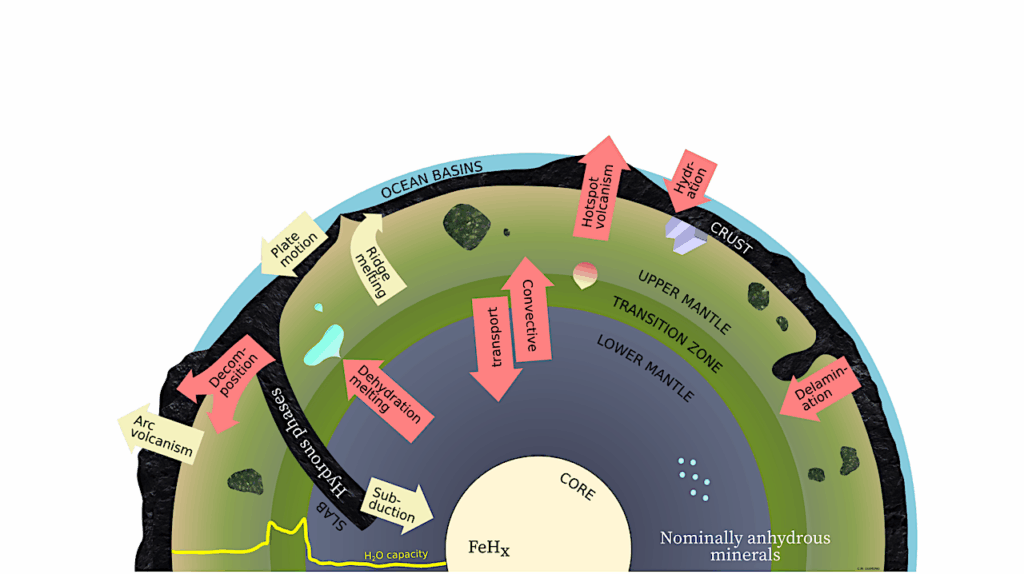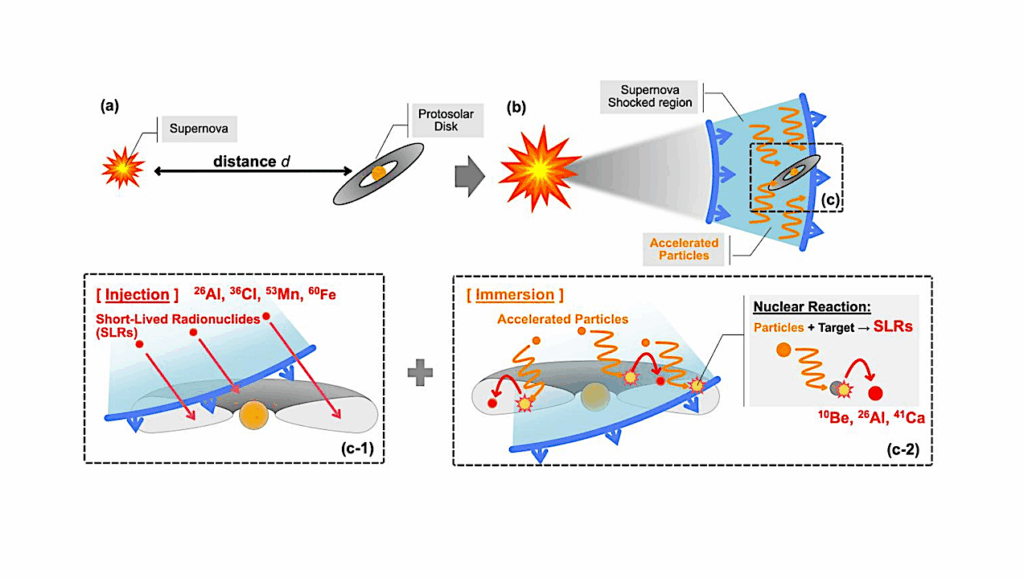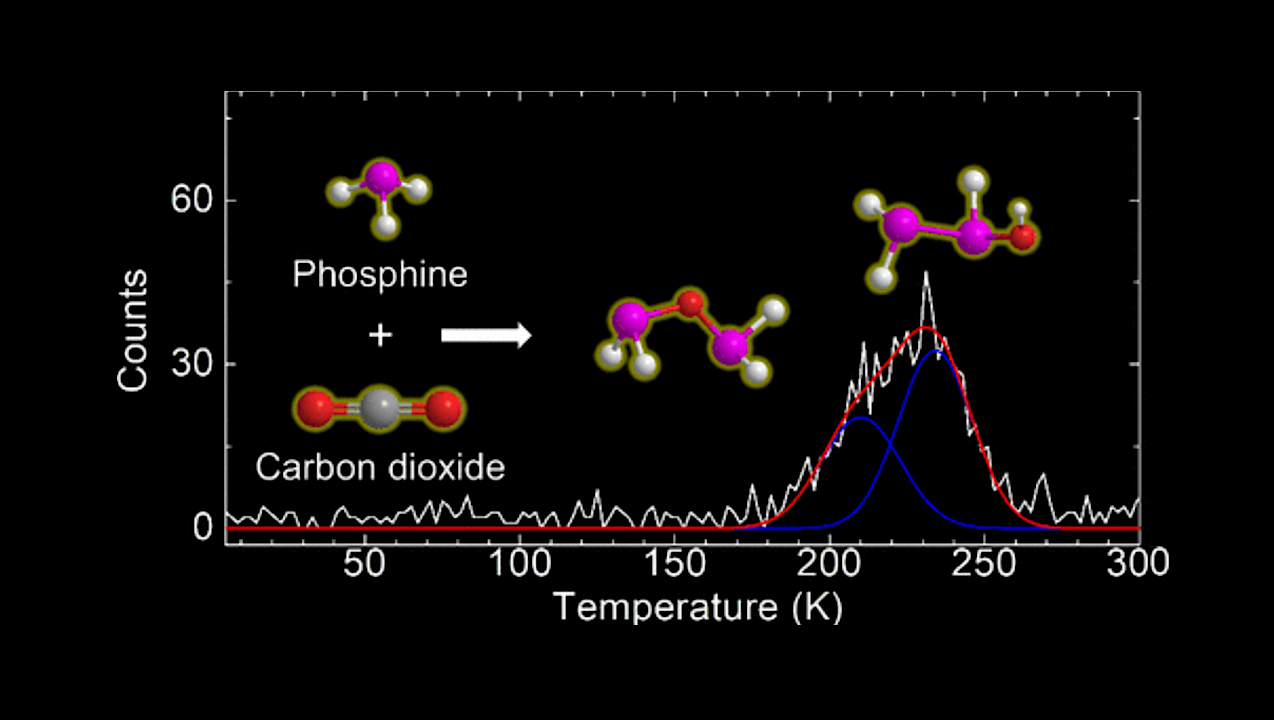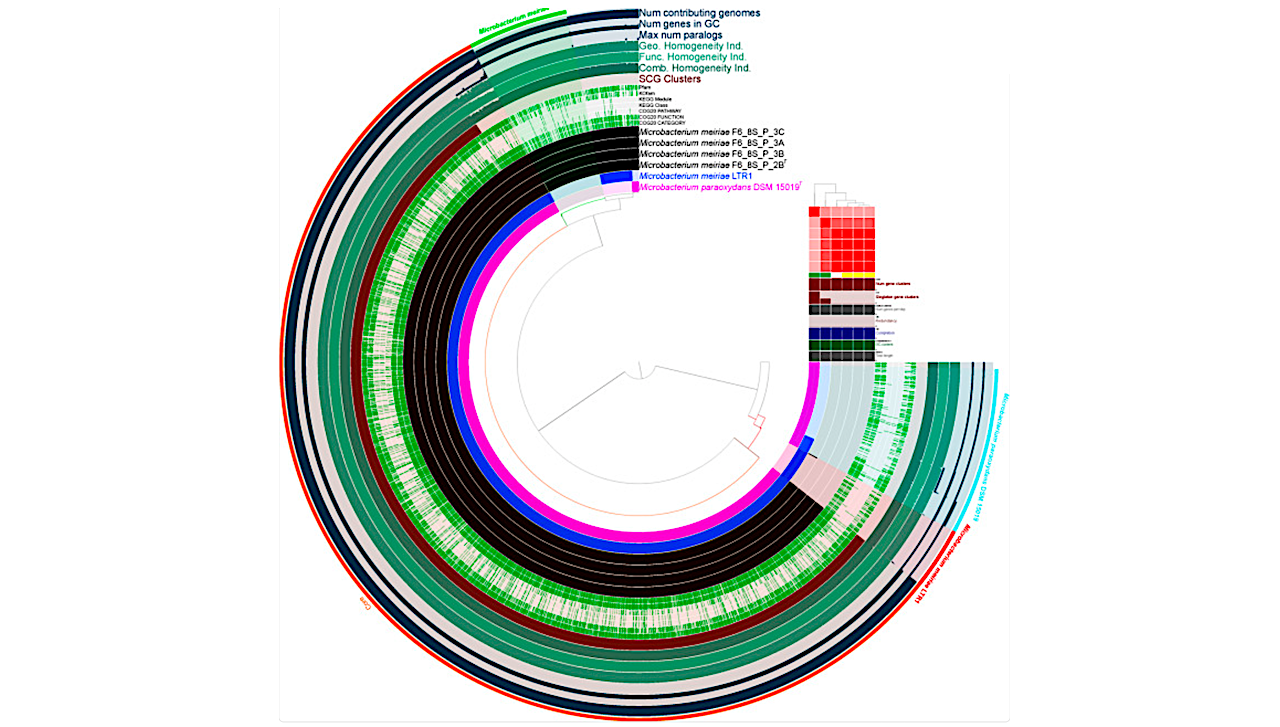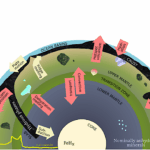Now Reading: Demonstrating Exoplanet Transit Photometry From Space With A 15-mm Aperture Optical Navigation Camera On Hayabusa2
-
01
Demonstrating Exoplanet Transit Photometry From Space With A 15-mm Aperture Optical Navigation Camera On Hayabusa2
Demonstrating Exoplanet Transit Photometry From Space With A 15-mm Aperture Optical Navigation Camera On Hayabusa2
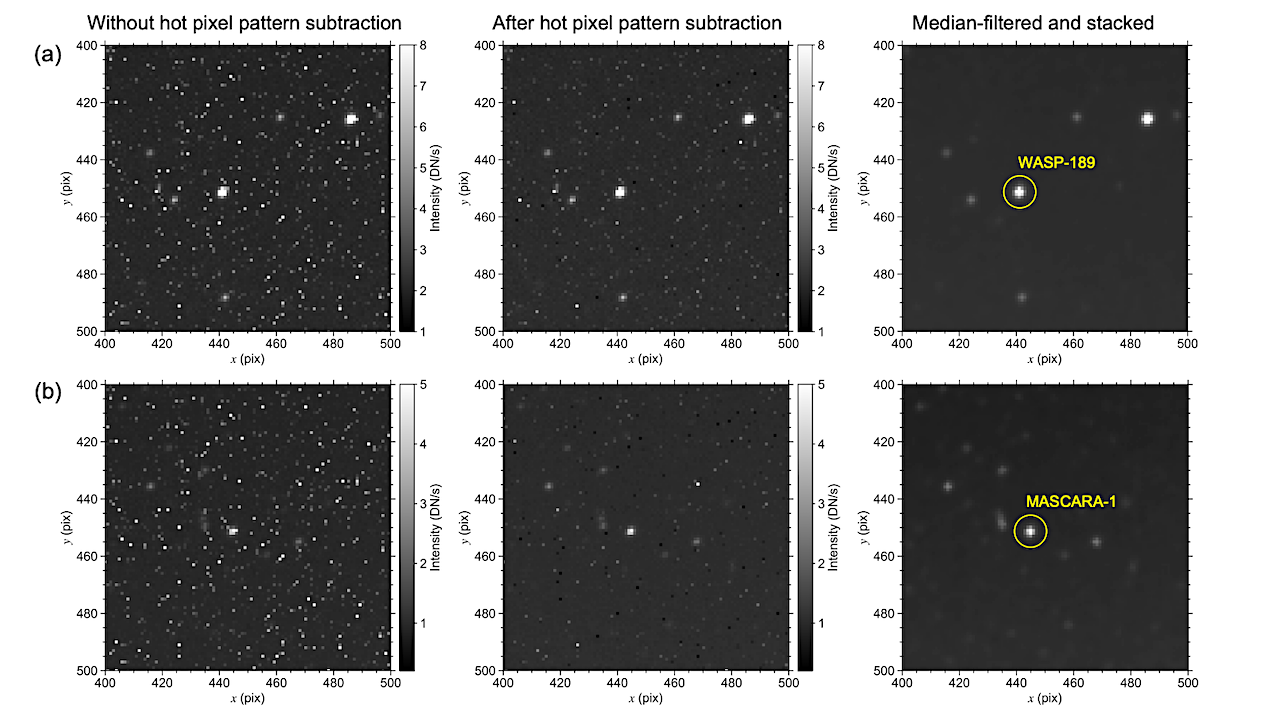

ONC-T images of (a) WASP-189 (image hyb2 onc 20240918 073620 tif l2b) and (b) MASCARA-1 (image hyb2 onc 20241130 093826 tif l2b) captured during transit events 10 and 12, respectively. The left panels show a single reduced ONC-T image (p t (x, y)) without hot pixel correction (i.e., data reduced assuming phot = 0 in Equation 1). The center panels show the same reduced images with hot pixel subtraction. The right panels show the reduced ONC-T image after applying a 3 × 3-pixel median filter and stacking all frames co-aligned on the target star, allowing the stellar positions to be clearly visualized. The host stars are marked with circles. — astro-ph.EP
Observations of exoplanet transits by small satellites have gained increasing attention for reducing detection biases.
However, no unambiguous detection of an exoplanet has yet been demonstrated using optics with apertures smaller than 60 mm. Here, we investigated the detectability of exoplanet transits using the telescopic Optical Navigation Camera (ONC-T) onboard the Hayabusa2 spacecraft, which has an effective aperture of only 15 mm.
We conducted transit observations of the hot Jupiters WASP-189 b and MASCARA-1 b, collecting data for ten and four events, respectively. The transit signal was detected with a signal-to-noise ratio (SNR) of 13 for WASP-189 b and 8 for MASCARA-1 b for each event. Stacking all events improved the SNR to 40 and 16, respectively.
The transit mid-times of each event were measured with a precision of 6 minutes and were consistent with Transiting Exoplanet Survey Satellite (TESS) data to within 2 minutes. The planet-to-star radius ratio was determined with an absolute precision of 0.004 (6% relative) and agreed with TESS results to within 0.002 (3% relative). The recent ONC-T and TESS data enabled an update to the planetary ephemerides.
We report a 4 sigma discrepancy between the updated orbital period of MASCARA-1 b and previously reported values. ONC-T sets a new record for the smallest-aperture instrument to detect an exoplanet transit from space, advancing the frontier of exoplanet science with miniature instrumentation. Our results suggest that optics as small as ONC-T may be capable of detecting transiting long-period Jupiters: a population that remains underrepresented in current surveys.
Koki Yumoto, Toru Kouyama, Manabu Yamada, Yuya Mimasu, Tomokatsu Morota, Yuichiro Cho, Yasuhiro Yokota, Masahiko Hayakawa, Anthony Arfaux, Eri Tatsumi, Moe Matsuoka, Naoya Sakatani, Sumito Shimomura, Shingo Kameda, Satoshi Tanaka, Keigo Enya, Seiji Sugita
Subjects: Earth and Planetary Astrophysics (astro-ph.EP); Instrumentation and Methods for Astrophysics (astro-ph.IM)
Cite as: arXiv:2510.14229 [astro-ph.EP] (or arXiv:2510.14229v1 [astro-ph.EP] for this version)
https://doi.org/10.48550/arXiv.2510.14229
Focus to learn more
Submission history
From: Koki Yumoto
[v1] Thu, 16 Oct 2025 02:11:50 UTC (7,159 KB)
https://arxiv.org/abs/2510.14229
Astrobiology, Astronomy,
Stay Informed With the Latest & Most Important News
Previous Post
Next Post
-
 012024 in Review: Highlights from NASA in Silicon Valley
012024 in Review: Highlights from NASA in Silicon Valley -
 02Panasonic Leica Summilux DG 15mm f/1.7 ASPH review
02Panasonic Leica Summilux DG 15mm f/1.7 ASPH review -
 03From Polymerization-Enabled Folding and Assembly to Chemical Evolution: Key Processes for Emergence of Functional Polymers in the Origin of Life
03From Polymerization-Enabled Folding and Assembly to Chemical Evolution: Key Processes for Emergence of Functional Polymers in the Origin of Life -
 04How New NASA, India Earth Satellite NISAR Will See Earth
04How New NASA, India Earth Satellite NISAR Will See Earth -
 05And Thus Begins A New Year For Life On Earth
05And Thus Begins A New Year For Life On Earth -
 06Astronomy Activation Ambassadors: A New Era
06Astronomy Activation Ambassadors: A New Era -
07SpaceX launch surge helps set new global launch record in 2024












